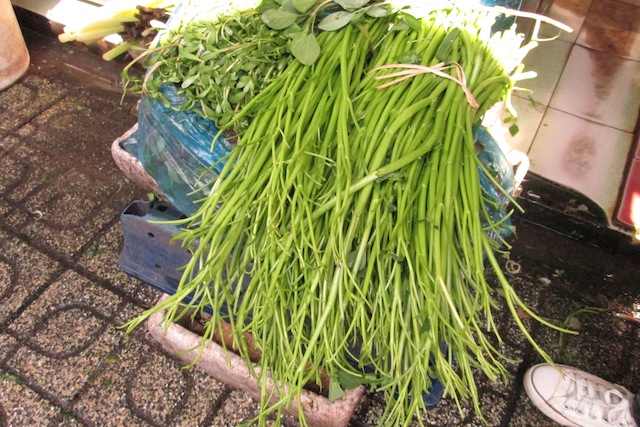Bến Thành Market
 Wednesday, November 28, 2012 at 1:16PM
Wednesday, November 28, 2012 at 1:16PM Ben Thanh Market was established by French colonial powers in the middle of the 19th Century. Originally called Les Halles Centrales, it started as a wet market at the hands of vendors who would gather to sell their daily catch reeled in from the nearby Saigon River. A fire damaged a good deal of the market in 1870, but the grounds were quickly rebuilt. In 1912, the market moved to its current location, took on the Ben Thanh moniker, and became one of the most bustling areas in Saigon's District 1. One hundred years later, there is no indication of a centennial, simply hundreds of vendors, merchants, and food stalls going about their daily business.
 Saigon
Saigon 